QuestionQUESTION: Hello Jessica
My tomcat lost his top left canine tooth yesterday while he was biting and bothering my female cat. I noticed it lately though when I saw his gum bleeding slightly. I checked his mouth and the huge tooth was missing. I am so saddened. I know that old cats do lose their teeth but he's just 3 years old, and he lost his canine tooth? I assume the tooth won't be replaced ever again, right?
Let me ad that although he does have some plaques in his other teeth but his canine teeth (all 4 of them) were completely clean and healthy. Why did he lost his tooth then? He's a pedigree Persian which is used for breeding programs. Will he be able to live healthily from now? Since yesterday he's doing well and normal and looks OK. I noticed the tooth had come out completely by its root. Please let me know what you think.
Soheil
ANSWER: Hi Soheil. You are correct - the tooth won't ever be replaced. However, as long as the cat doesn't roam outdoors, and you feed him regular meals, he will be fine without canine teeth. Cats use their canines for self-defense and hunting (although studs also use their teeth during the mating process), but aside from this, the canines are not essential. In fact, many cats go without any teeth at all! One of my cats has lived without any of his teeth for 7 years now, and he eats dry food every day. Cats who don't lose all their canine teeth may get their lips tucked behind their remaining teeth from time to time. This generally doesn't cause any problems but can look funny.
His tooth loss was likely caused be what's called a Feline Oral Resorptive Lesion, or FORL. This is an extremely common occurrence, affecting about to 75% of cats. Most cats are middle-aged, but some are very young. With these cats, the body seems unable to identify the difference between bone cells, which need to be broken down and replaced regularly, and the teeth. Beneath the gum, the body begins to break down the tooth as though it were bone that would be replaced with new cells. But the enamel and dentin that the body takes away cannot be replaced. As the tooth below the gumline is attacked, you will often notice bleeding gums. Later, the rest of the tooth is attacked as well. Soon, the nerves inside the teeth are fully exposed, much like a very bad cavity. The condition is very painful. Now that the tooth has fallen out, your kitty should feel much better as long as there is no remnant of the root left behind under the gumline.
Unfortunately, most cats with one FORL with develop others. Because the condition is so painful, and it can take months or even years for the teeth to finally fall out on their own, it's recommended to have the teeth surgically removed by a vet. I'm not sure if this is available to you, but if so, it would be a good idea to have your kitty examined to see if other teeth look like they're affected. Vets can usually tell which teeth need to be removed by red or bleeding gums or tooth discoloration, but sometimes dental x-rays are very helpful.
Making sure to have bad teeth removed is not only important to prevent pain, but also because bacteria can enter the body through bleeding gums. This can cause bad sinus infections and even infect the heart, kidneys and liver.
Good luck, and I hope your cat feels much better!
Jessica
---------- FOLLOW-UP ----------
QUESTION: WOW that was an awesome and very complete answer!
Just a quick additional question. You said you feed dry food to a tomcat of yours. Aren't you afraid of urinary-block? I mean, to tell you the truth I feed dry food to all my 4 girls but my boy is not allowed to eat dry food at all (though he loves it), hence I'm just so terribly afraid of urinary-block, which as you know is so common in male cats that consume dry food regularly. My boy wouldn't chew on them though. He just swallows them. I rarely let him eat dry food not wanting him to get urinary-block. I know many people who lost their tomcats due to urinary-block.
Soheil
AnswerHi there. Yes, dry food is much worse to feed cats than canned food is, I agree. In fact, I had two males get a urinary tract blockage last year, within one month of each other. One almost died during surgery! Unfortunately, I have many foster cats and also some diabetic cats who require food to be available to them at all times during the day. So feeding canned food is a little costly for my situation, and separating the diabetic cats would be very difficult. I have found that with cat food, you get what you pay for. And when may cats became blocked last year, I was feeding a very inexpensive food. I switched back to a better food, which my cats never became blocked on before. Part of the reason they did not become blocked on this food is because it contains no grains. Grains are carbohydrates which convert to sugars, and this raises the urinary pH. As you may know, a high urinary pH increases the chances of urinary crystals and infections - both risk factors for blockages. So if someone must feed a dry food, I recommend that they feed a grain-free food to males and females alike, since both are at risk for urinary crystals and infections.
However, I think it's excellent that you are able to feed your male all wet food! Many vets suggest a combination of dry and canned food, but some of the best vets recommend only canned. It's better for the kidneys and bladder as well as the digestive system, and I would feed my cats only wet food if my situation permitted it. Very good knowledge on your part!

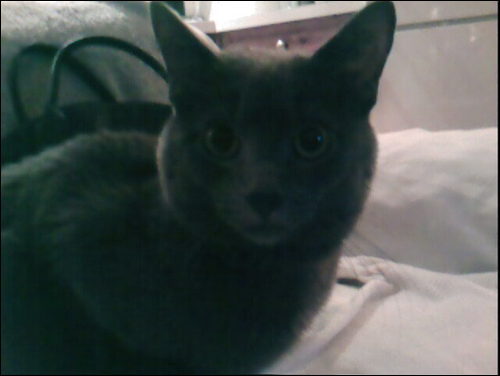 My cat pees on the carpet!
Question
My Cat Tigger
Hi I have a male cat he i
My cat pees on the carpet!
Question
My Cat Tigger
Hi I have a male cat he i
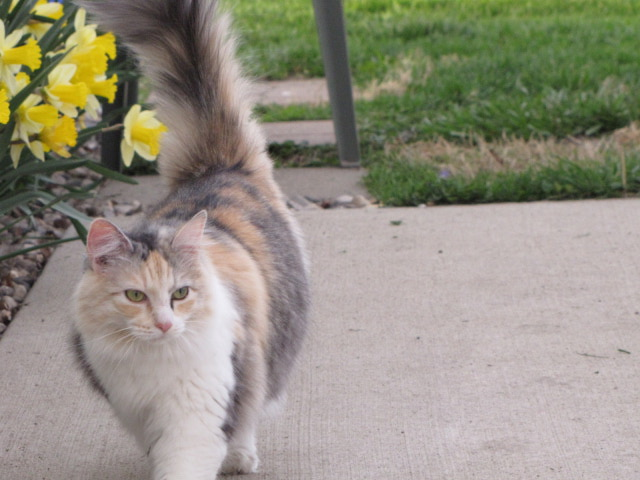 Breed
Question
Sammy Sammy
We found this cat out
Breed
Question
Sammy Sammy
We found this cat out
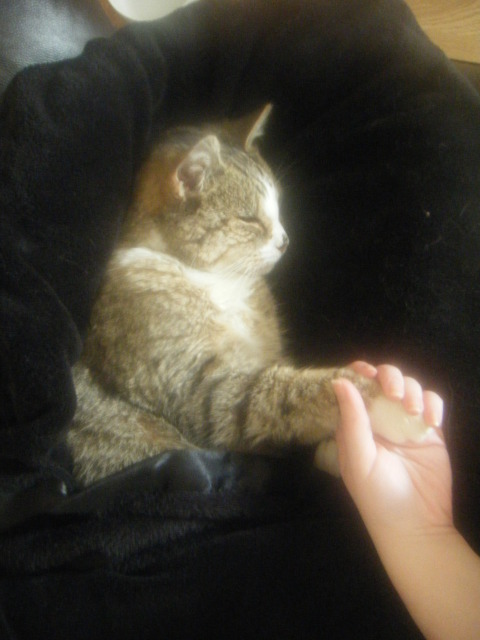 my old cat with no appetite
Question
Timmy since his loss o
Hi, Im really worried a
my old cat with no appetite
Question
Timmy since his loss o
Hi, Im really worried a
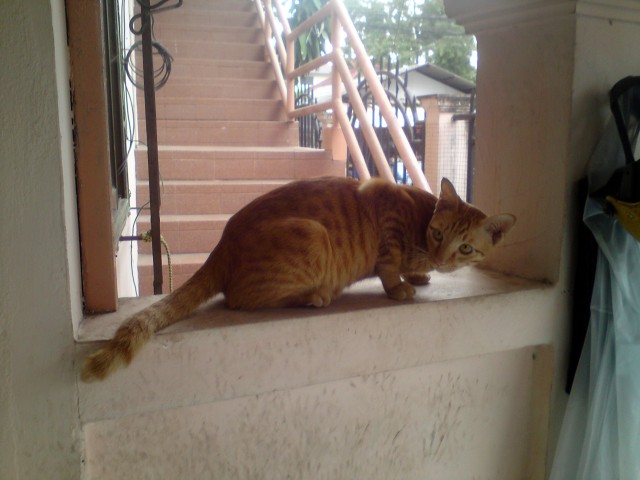 Ocicat
Question
Sesame
My daughter is currently living in Thai
Ocicat
Question
Sesame
My daughter is currently living in Thai
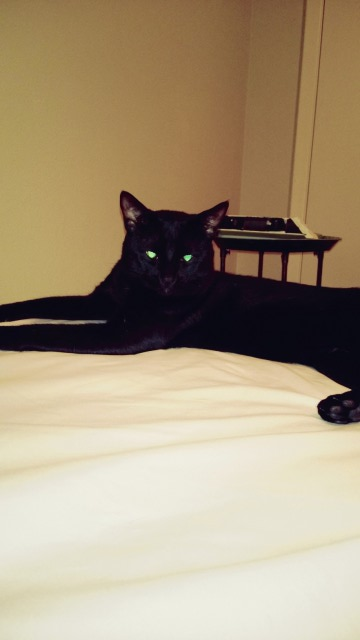 Missing unnuetered cat for 11 days worried sick
Question
My Sweet Boy Bel
First I want to thank
Missing unnuetered cat for 11 days worried sick
Question
My Sweet Boy Bel
First I want to thank